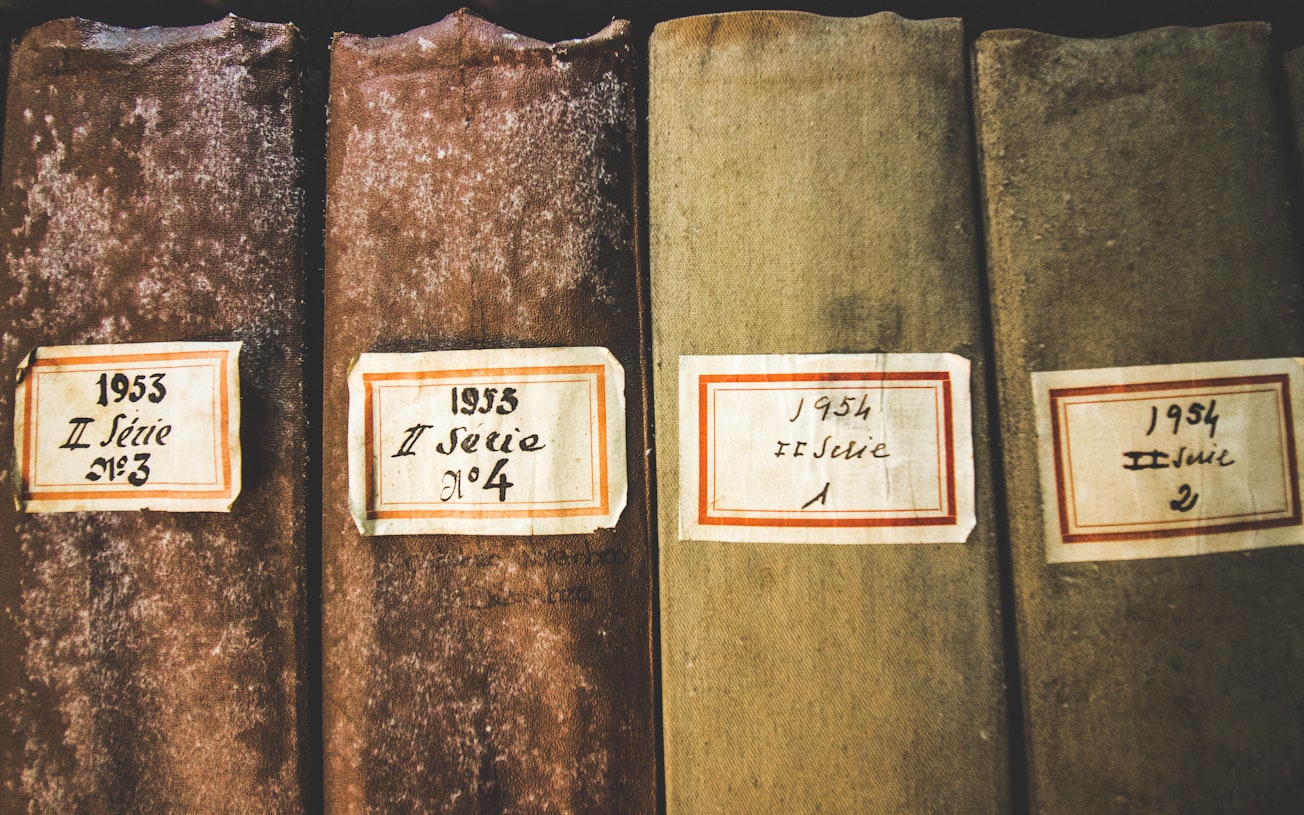What is it about?
Whiteness, private property, and land ownership have very deep roots in the US and help explain why housing markets remain racially segregated. The ways in which white settlers and land speculators bought, sold, and appraised land in the late 18th century in Central New York directly affected how real estate developers created and maintained all-white suburbs in the early 20th century.
Featured Image

Photo by Catarina Carvalho on Unsplash
Why is it important?
This project grew out of an organic need in local tenant organizing - Syracuse Tenants United - for Syracuse-specific information and a fundamental critique of landlordship and the real estate market. (In direct action—like rent strikes—one must know the system in order to disrupt it.) Also, there are urban planning projects now underway in which proponents cite or co-opt narratives of redlining and urban renewal, claiming real estate is now inclusive. (Eg: Blueprint 15 will replace public housing (housing 4,000 people) in gentrifying areas near Syracuse University.) Their housing histories begin in the 1930s or 1950s and leave out how capitalist markets create and maintain racialized inequality by design.
Perspectives
As a white person, my goal is to critique US whiteness and institutions that reproduce white supremacy. Learning the roots of US whiteness, and landed property, can better equip white workers and organizers to combat white racism in movement spaces, individual property-based aspirations, and unwillingness to support Black and Indigenous self-determination or anti-colonial and anti-US imperialist struggles abroad.
Michael Kelly
Syracuse University
Read the Original
This page is a summary of: Land Speculation and Suburban Covenants: Racial Capitalism and the
Pre‐Redlining
Roots of Housing Segregation in Syracuse, New York, Antipode, May 2022, Wiley,
DOI: 10.1111/anti.12845.
You can read the full text:
Contributors
The following have contributed to this page







